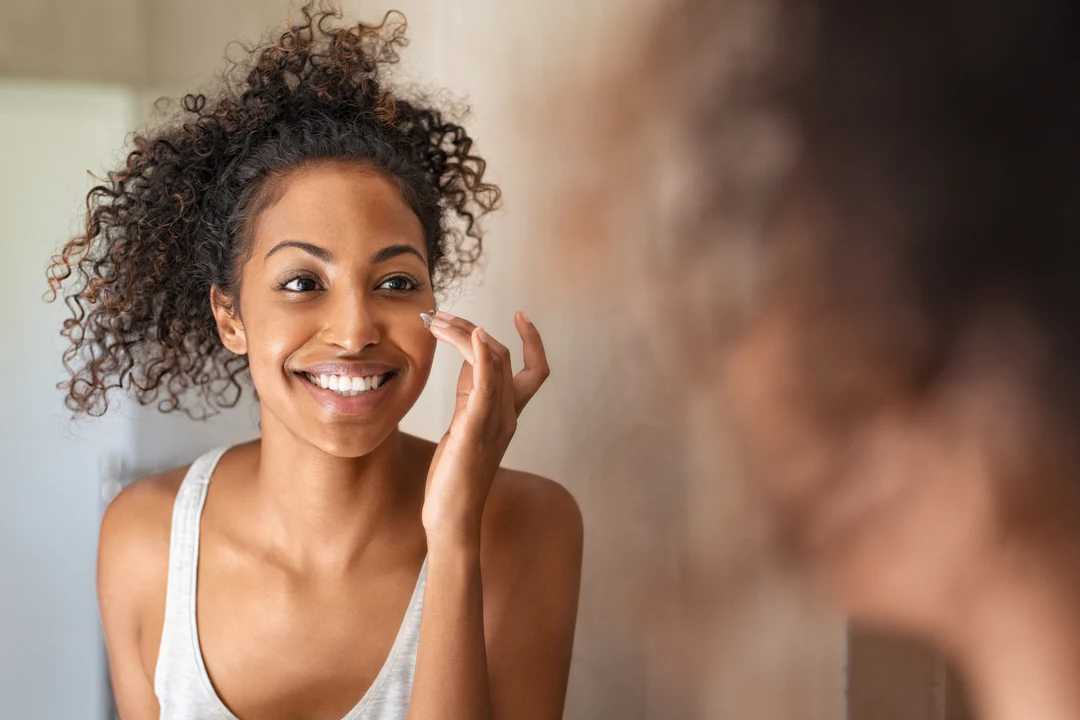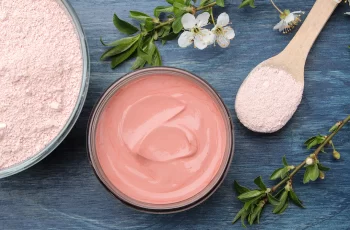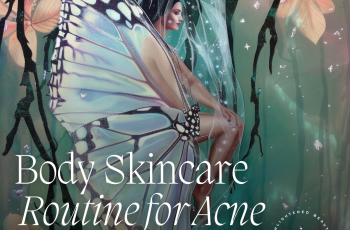Can a mask be reused?
Whether it’s the difficulty of keeping it on for 20 minutes or it just makes financial sense, many people want to reuse a mask. We advise against this because masks absorb dirt and bacteria from your skin. So if you reapply it later, you can reapply it to your skin.
Another reason we advise against this is dryness. We recommend leaving masks on for 20 minutes because this is the best time for the ingredients to hydrate your skin. However, if you leave the mask on for too long (for example, if you sleep with it on), the mask can dry out and actually have the opposite effect of absorbing moisture from your skin. So it can be assumed that using an old mask can have a negative impact because it will dry out and may not help your skin.
If you feel like there is too much serum on the packaging, another option you can consider is to squeeze out the excess serum before applying it to your face and put it in a sealed container. This way you can use the serum later without having to worry about dirt or bacteria getting into the mix.
If you feel like there is still a lot of serum left but you don’t want to save it for later, you can also apply it to other parts of your body, such as your neck, hands, or chest.
What cosmetics can be recycled?
One thing to be clear about is that if there is an odor, it’s time to throw it out, as this is a sure sign of bacterial invasion. In fact, if you’ve been storing some makeup in a tube for 8 months, it’s probably not worth keeping it forever, as bacteria can build up in the tube over time.
Likewise, when you swirl your finger in the tube, you’re constantly dispelling any germs that might be on your hands.
Lipstick, however, is easy to store. Some add a little alcohol water and tea tree oil to improve the smell and increase the antibacterial properties of the mixture. You can spray a little on your lipstick and keep it for a long time.
You can also use old makeup boxes and bags as airtight containers to store small household items that often get lost (such as safety pins or hair ties).
Facial tissue is undoubtedly a culprit in the recycling department, but if you clean and dispose of it thoroughly, you can reuse it. Then it can be used to remove makeup again.
If your makeup brushes are getting old, don’t throw them away, but put them in your tool box. It’s always hard to find a brush for painting, and it’s even harder to find a delicate brush, which is the great thing about makeup brushes. Or, if you have kids, they can use it to draw a picture.
Eyeshadows can sometimes be a bit of a luxury and therefore often sit for a long time or end up in the trash. But they can easily be turned into nail polish to add a little glamour to your look.
Don’t miss out on more skincare tips and expert advice on our YouTube channel! Click the “Subscribe” button to visit our green couch. You won’t regret it!
DQH Can I use salicylic acid first and then vitamin C?
It’s easy to create a skincare routine, but knowing how to use it is another thing entirely. In most cases, if you’re not getting the desired skin results, it could be due to the layering of conflicting ingredients. So, is it possible that salicylic acid and vitamin C are such ingredients? Or are these active ingredients the duo that’s been missing from your skincare routine? If you want answers, stick around because today we are going to explain the benefits of salicylic acid and vitamin C and how they can be used in your daily life.
What are the benefits of salicylic acid for skin?
Salicylic acid is one of the most commonly used beta hydroxy acids and is favored by many people with oily, acne-prone skin. This acid is derived from willow bark, and unlike its water-soluble relatives (called alpha-hydroxy acids), salicylic acid is oil-soluble, which means it can penetrate deeper into the lower layers of the skin. Once it reaches the lower layers, it can help unclog pores of excess sebum, dirt, bacteria, debris, and impurities. This results in clearer skin tones and greater definition.
Not only does salicylic acid benefit the underlying layers, but the outer surface of the skin benefits as well. When applied to the skin, salicylic acid removes the buildup of dead skin cells. This is accomplished by breaking the bonds that hold dead cells to the surface. Over time, this can cause the complexion to look dull and prone to acne, blackheads, and other blemishes.
If you’d like to learn more about salicylic acid and how it can improve your skin, check out this dedicated blog post from a beauty insider.
What are the benefits of vitamin C for skin?
Vitamin C is considered one of the most powerful antioxidants, which means it is very effective at fighting free radicals and preventing them from causing further skin damage. Examples of free radicals include pollution, central heating, UV rays and harsh climate. They attack proteins, fats and cell membranes as soon as they come into contact with the skin, causing signs of premature aging such as fine lines and wrinkles as well as hyperpigmentation, flaky patches of skin and loss of elasticity.
Many people usually prefer to use vitamin C in their morning routine as this ingredient gives the complexion a radiant glow. You’ll also find that vitamin C can target areas of hyperpigmentation, plumping the skin and reducing the appearance of fine lines and wrinkles.
The thing about vitamin C is that there are a lot of outdated studies going back to the 1950s that describe vitamin C as an unstable skin component. Thanks to improvements in modern technology, this is no longer the case as all products now contain a stable form of vitamin C.
Visit The Beauty Insider to learn more about vitamin C. So please check out our blog post.
Can I use salicylic acid first and then vitamin C?
Yes, you absolutely can. In fact, it’s thought that using salicylic acid before using vitamin C ensures it penetrates faster and works faster.
This is an efficient way to utilize two power sources, and the reason has to do with pH. For example, the skin’s natural pH is about 4.7, making it slightly acidic. Salicylic acid and vitamin C are also both acidic, and you’ll find that vitamin C is absorbed quickly into the skin. Therefore, using salicylic acid beforehand can increase the acidity of the skin and allow vitamin C to penetrate into the skin faster.
While this is considered an effective way to combine two powerful ingredients, you need to be aware of your skin type and how it reacts to certain active ingredients. Even people with perfect, normal skin can experience skin sensitivity and irritation. Therefore, always consult a doctor or dermatologist before using any new products on your skin.
It’s also important to follow skin application rules. In this case, you need to use the product correctly to ensure you get the best results for your skin. If you’re not sure what I mean, the basic rule for skin is to start with the thinnest consistency and work your way up to the thickest consistency. This prevents a barrier from forming on the surface, preventing other active ingredients from penetrating the skin.
Can I use salicylic acid at night and vitamin C in the morning?
Yes, absolutely, this is considered the most effective way to get returns without any adverse side effects. This is because there is enough time between applications to ensure that the skin’s pH levels return to balance.
You’ll also find that Vitamin C is rich in antioxidants and is perfect for use in the morning to ensure your skin is protected and looking its healthiest. Due to the small size of salicylic acid molecules, it is an acid that is able to reach the deepest parts of the skin. While this is effective at keeping skin clear, it also increases the risk of irritation and photosensitivity. Therefore, many people prefer to use powerful BHAs in their evening routine without exposure to UV rays, pollution, or harsh weather.
Warning: If you avoid using sunscreen every day, none of these ingredients will do what your skin needs. The combination of chemical peels and powerful ingredients increases the risk of further damage to the skin’s surface. Use SPF 50 every day to keep your skin protected and your lipid barrier healthy, even on cloudy days, keeping your skin in top condition.



